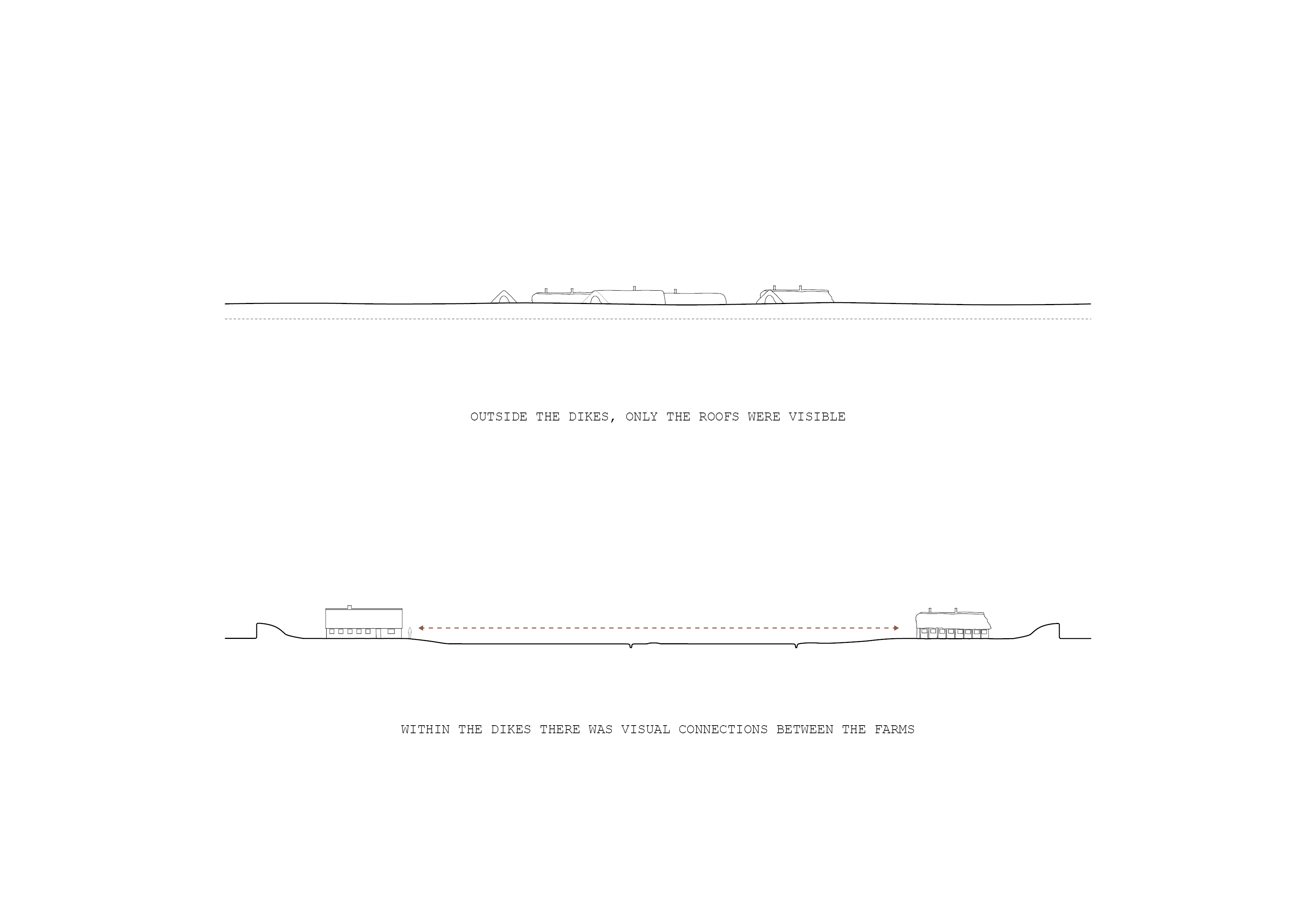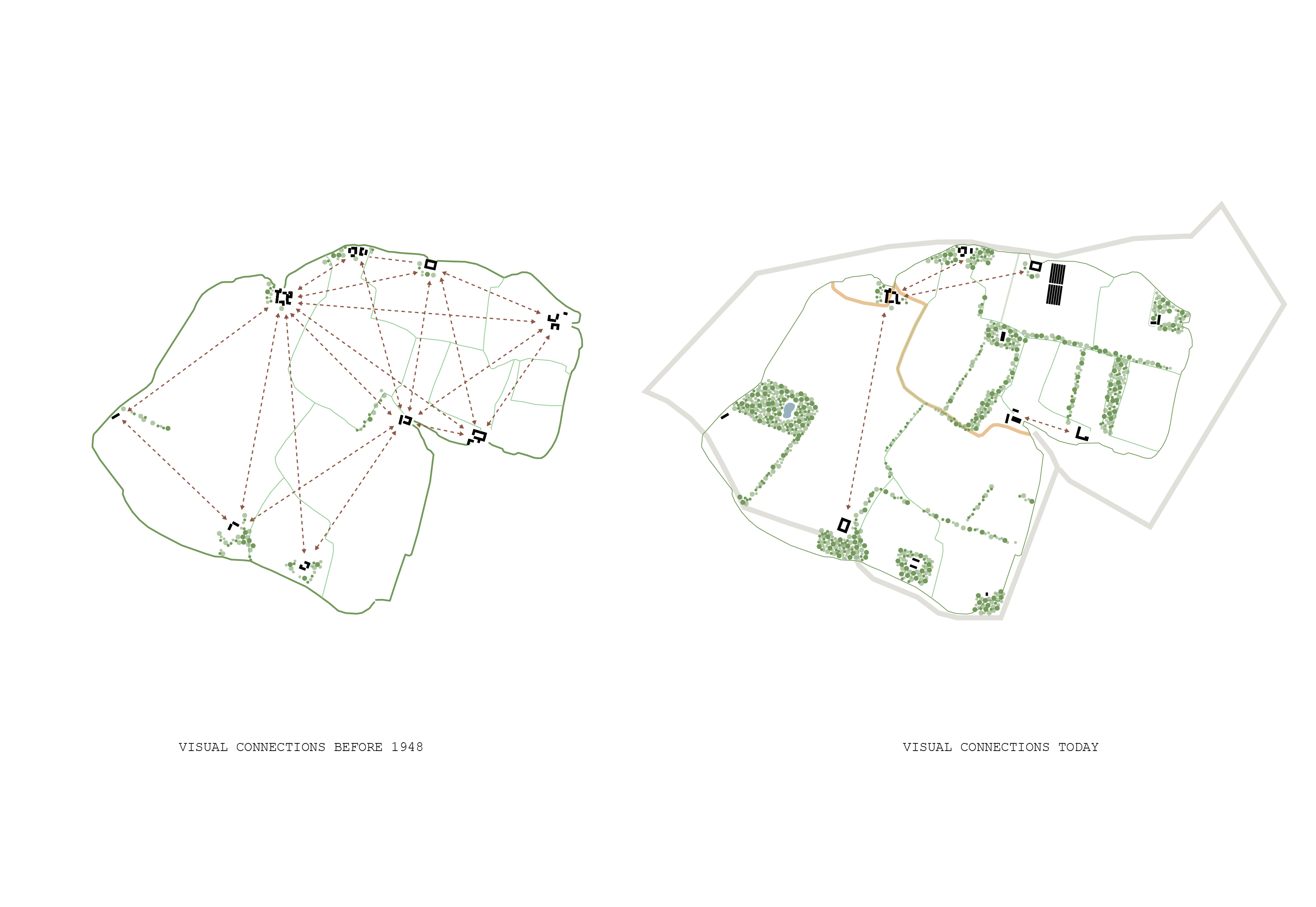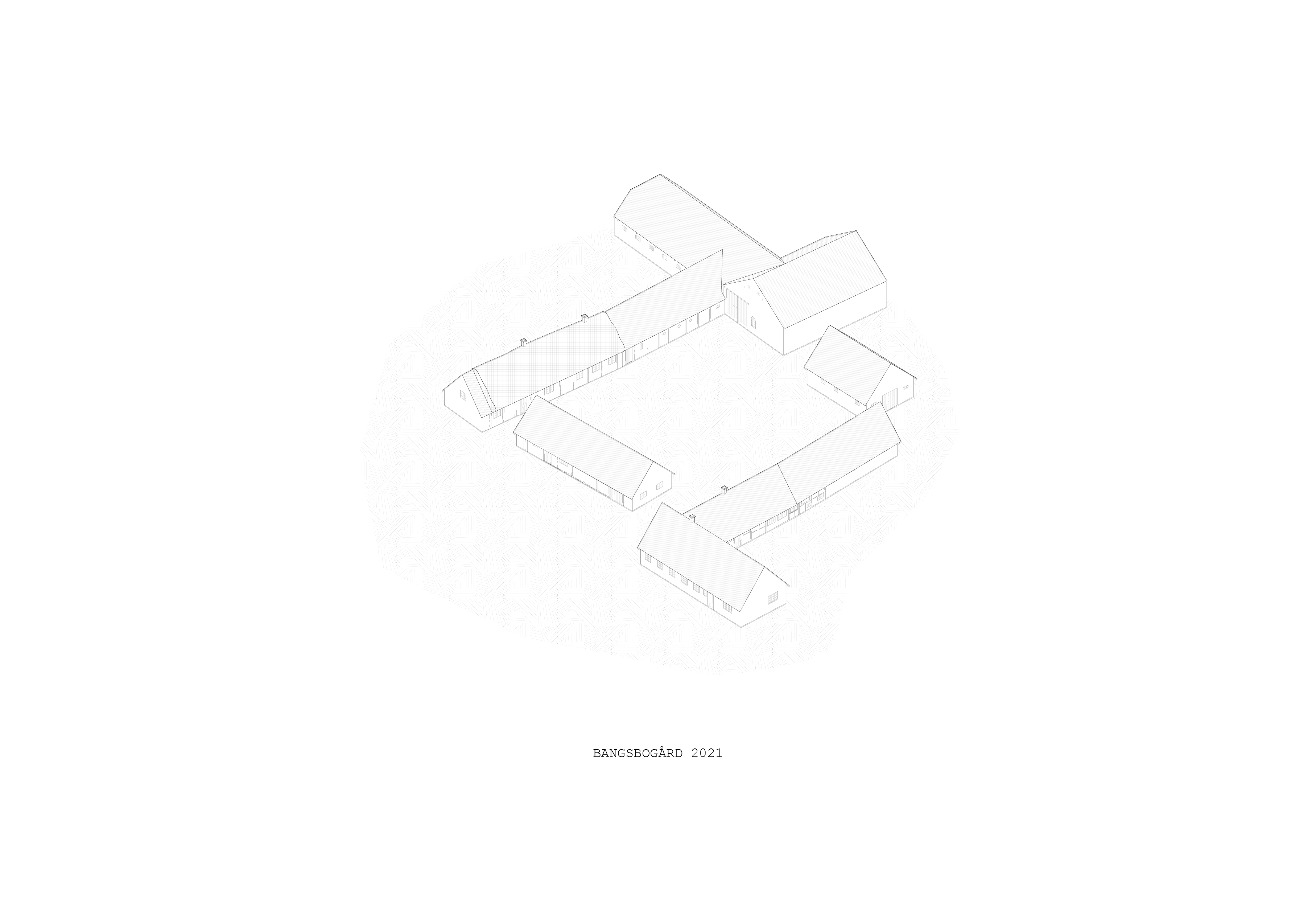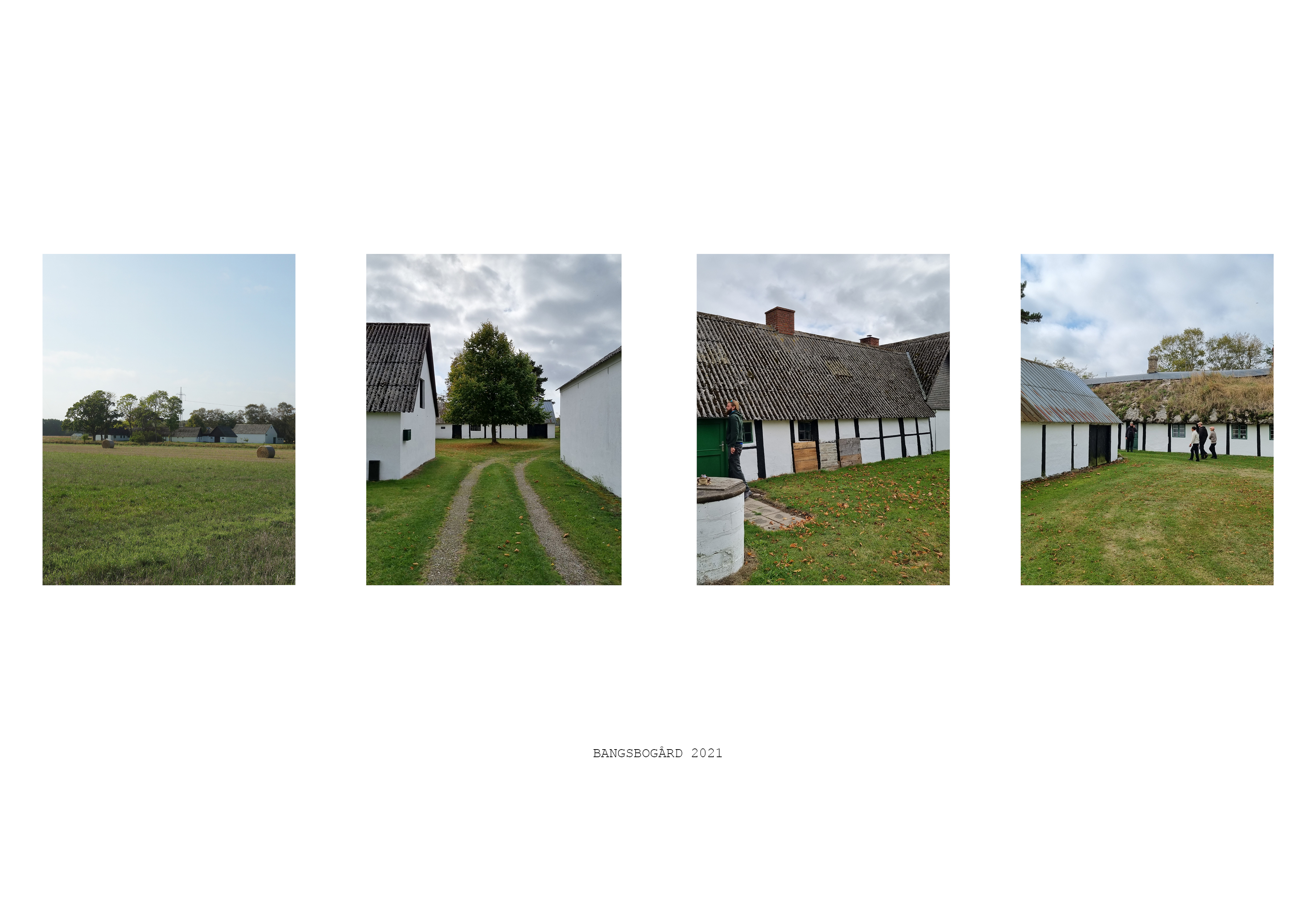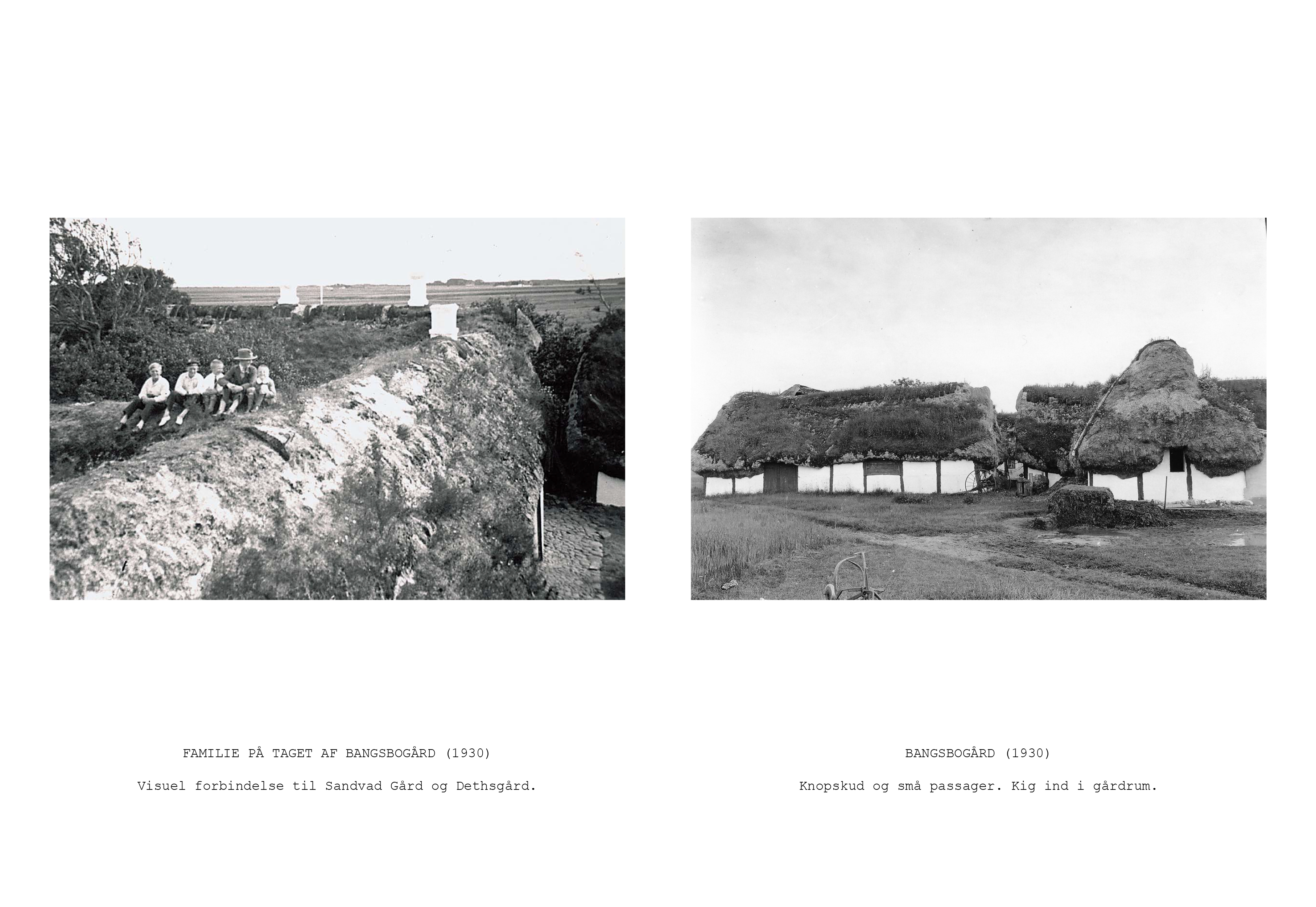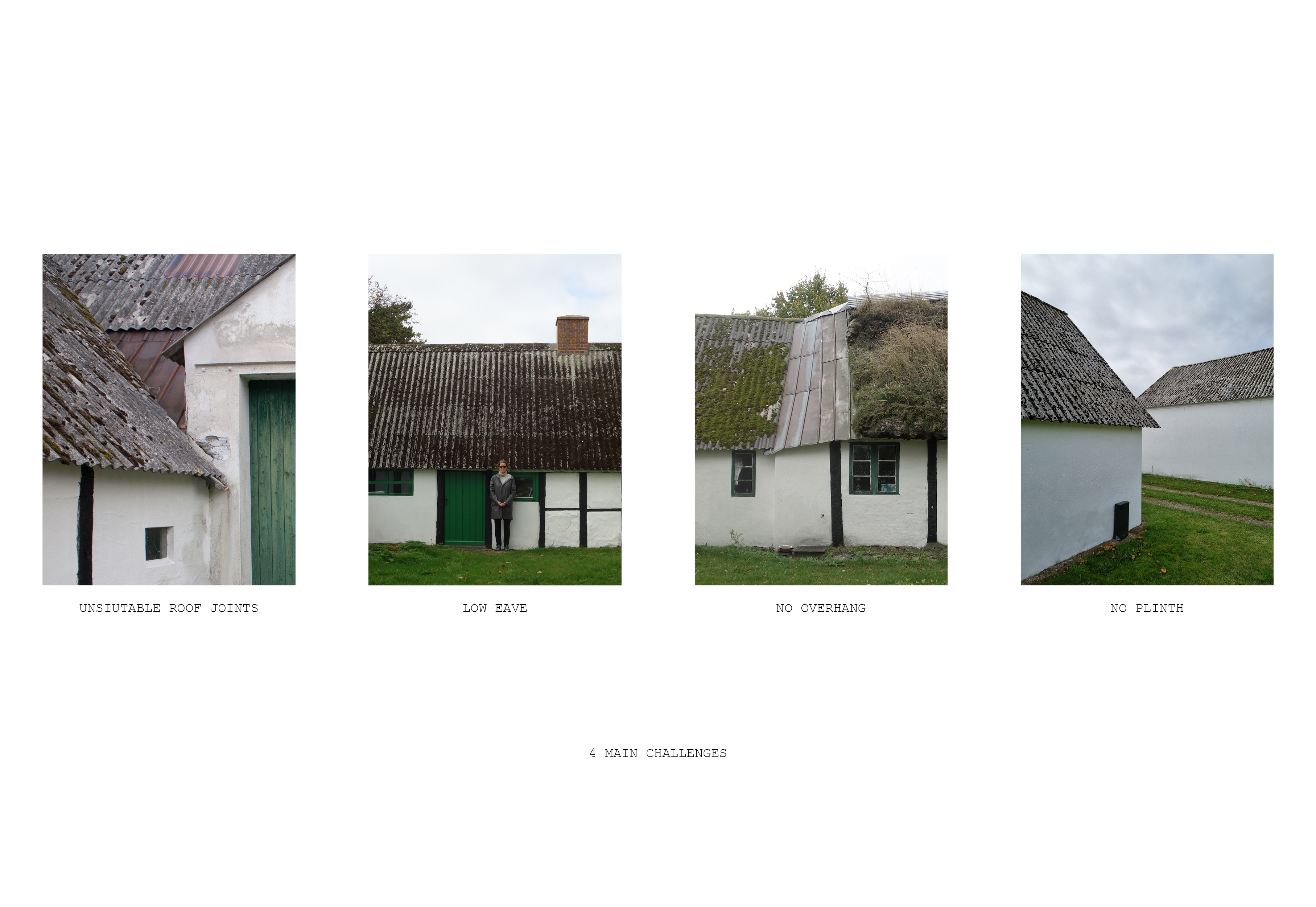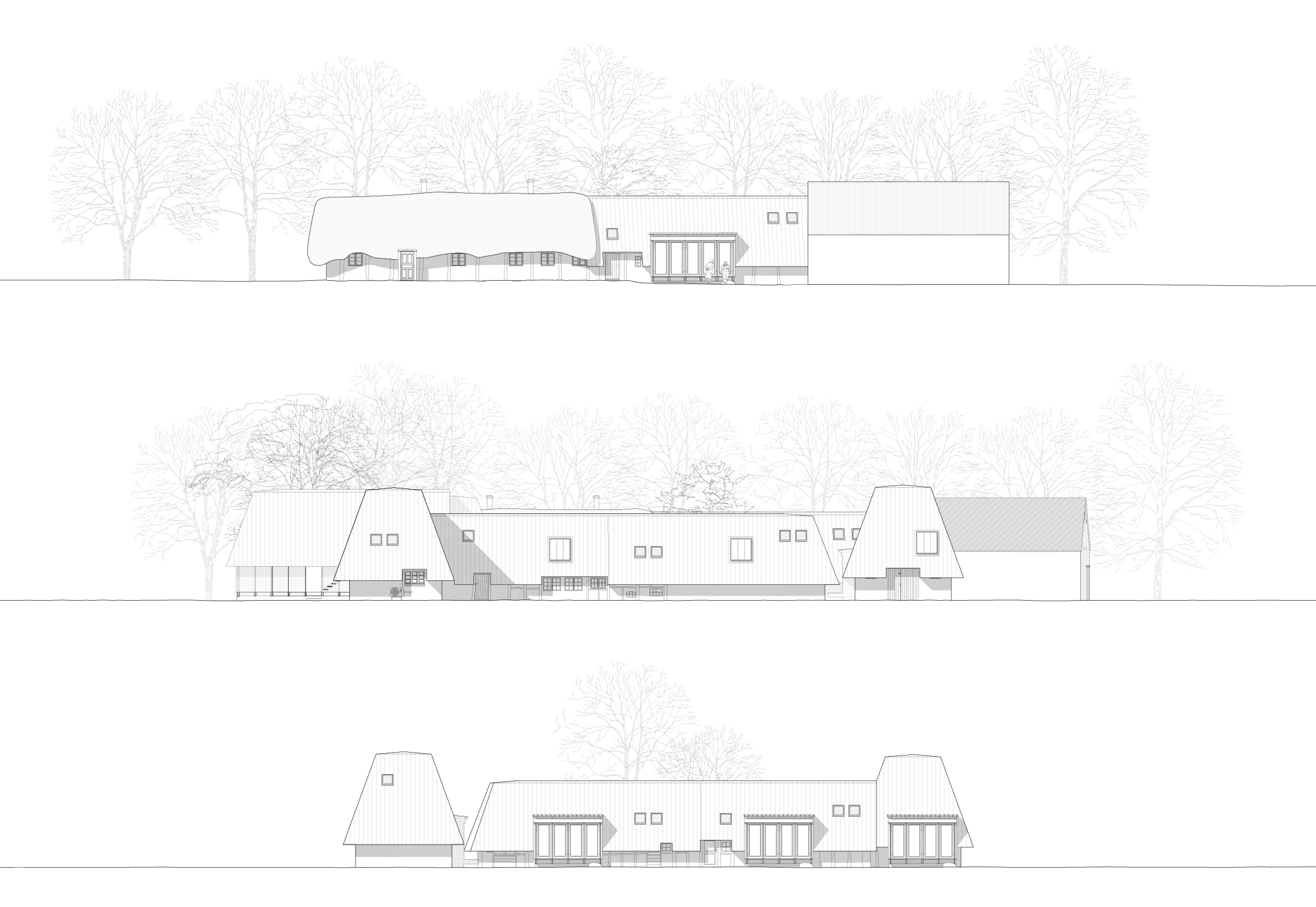2O21 | Bangsbogård
Læsø is a small Danish island that is known for its long history of producing salt and its unique traditional seaweed thatched buildings. In recent years the island has experienced a significant decline in population due to ageing and young people moving away. The settlements are scattered across the island, with many former farms standing empty or used as holiday homes for a small portion of the year.
The project aims to examine the island’s traditional societal structure, where farm communities formed to share the sparse resources and work together. Based on our study and analysis of the traditional way of living on Læsø, we created a modern farm community to attract more people to Læsø and reverse the declining population numbers. We wanted to learn from traditional ways while at the same time being aware of the change that needed to happen when we no longer are mutually dependent on each other to cultivate the land.
Furthermore, we believe it is important to create a principle that can be applied to many farms on Læsø to fully embrace the depopulation problem. We therefore created a transformation strategy with Bangsbogård as a case study. Since a lot of the old farms are built around the same time and have similar structures, we created a building system that can change in order to fit the individual farms, reviving the old traditional farm communities.
This project was made together with Stinus Bertelsen and Bjørn Graah during our 1st semester of masters.

